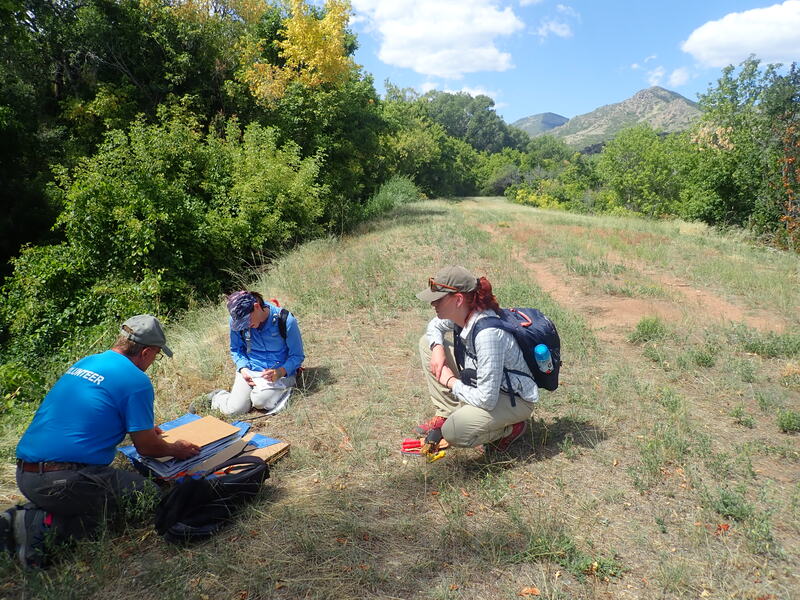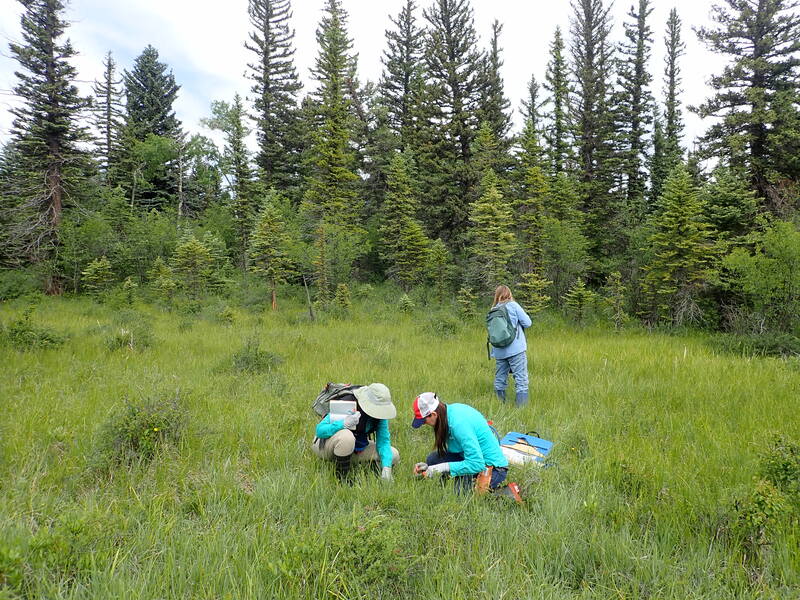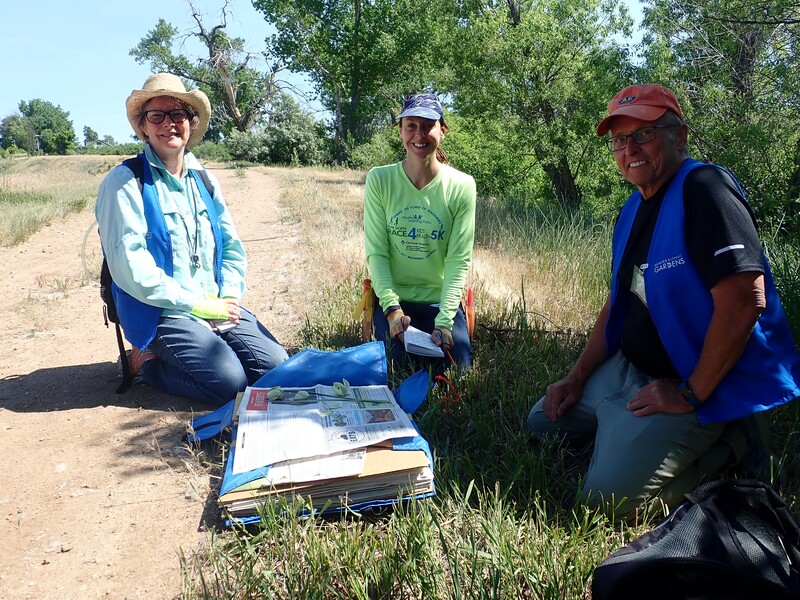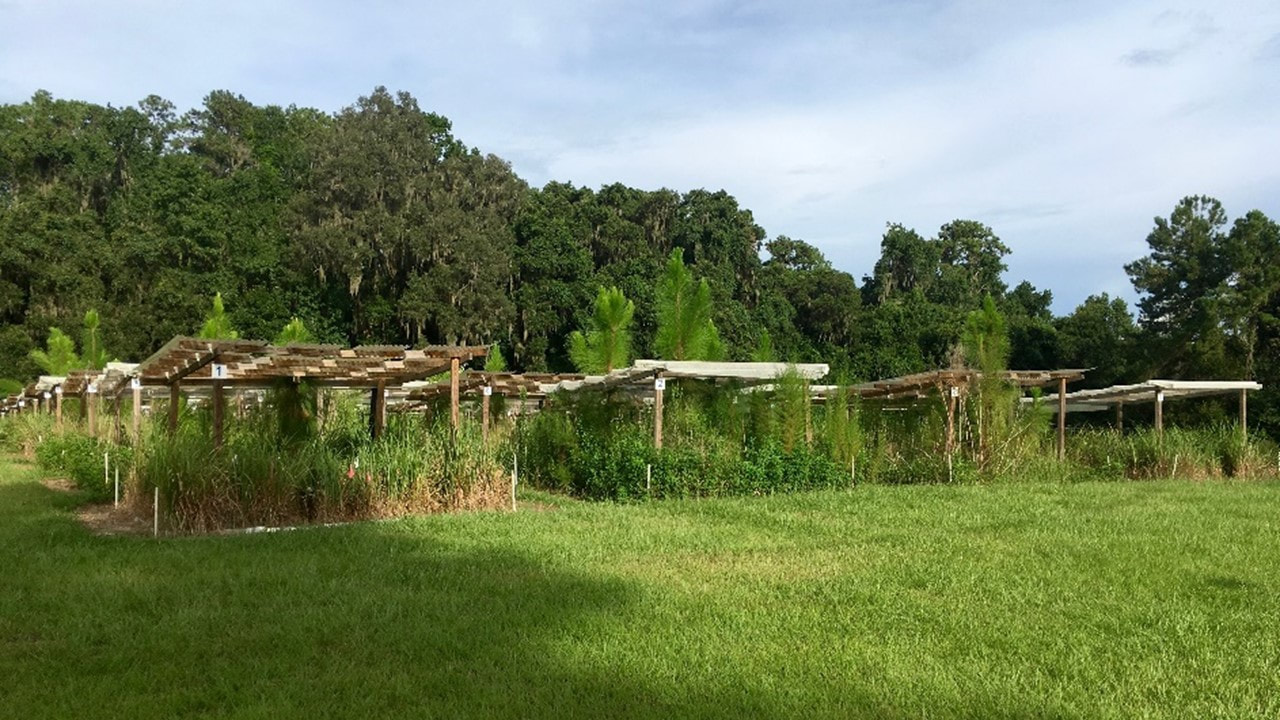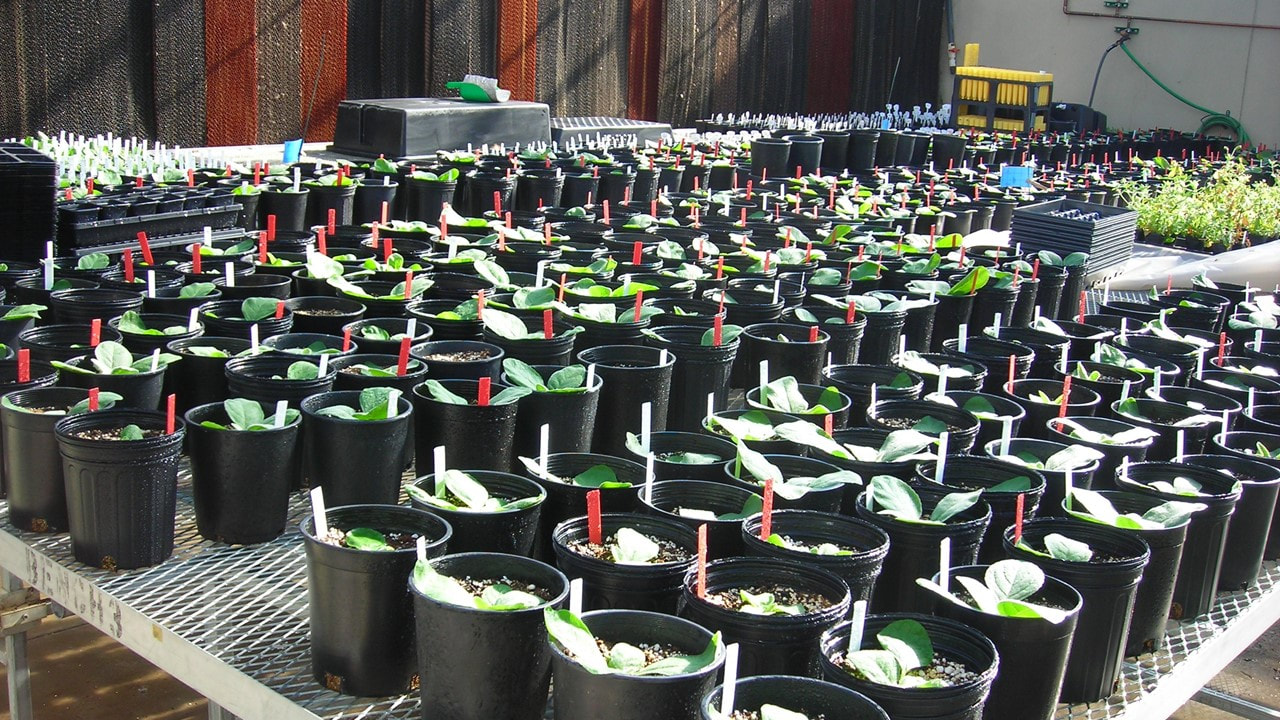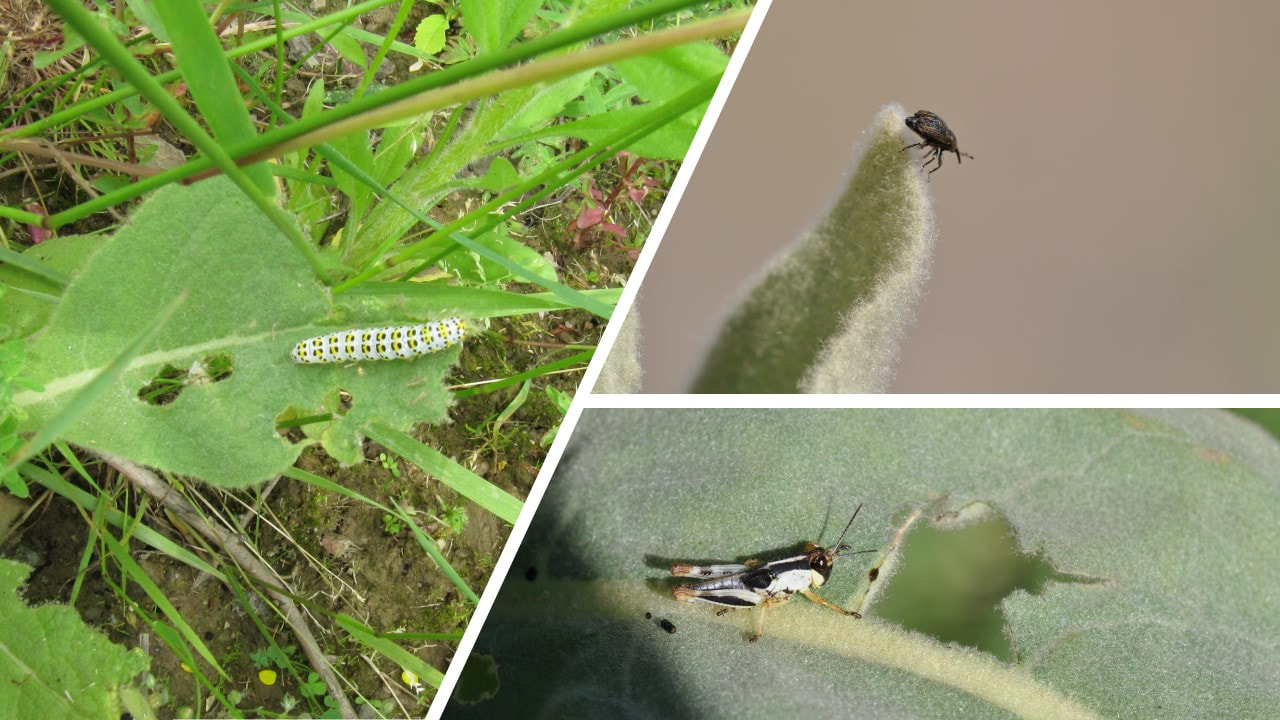Natural history collections
Natural history collections, including plant specimens kept in herbaria, are the primary data that we use to describe plant diversity and distributions. We use them to find, describe, categorize, and name new species (taxonomy); to refine our understanding of the evolutionary relationships among organisms (systematics); to build regional floras and dichotomous keys; and to discern macro-ecological patterns. Along with several colleagues, I contribute to strategically growing the vascular plant collection in the Kathryn Kalmbach Herbarium at Denver Botanic Gardens, for example by collecting in under-botanized areas on Colorado's Eastern Plains. Often we synthesize and interpret floristic inventory data (see example below) for various landowners. Our various research teams also make collections so that the ecological (transect- or plot-based) work that we do is verified by properly vouchered specimens.
